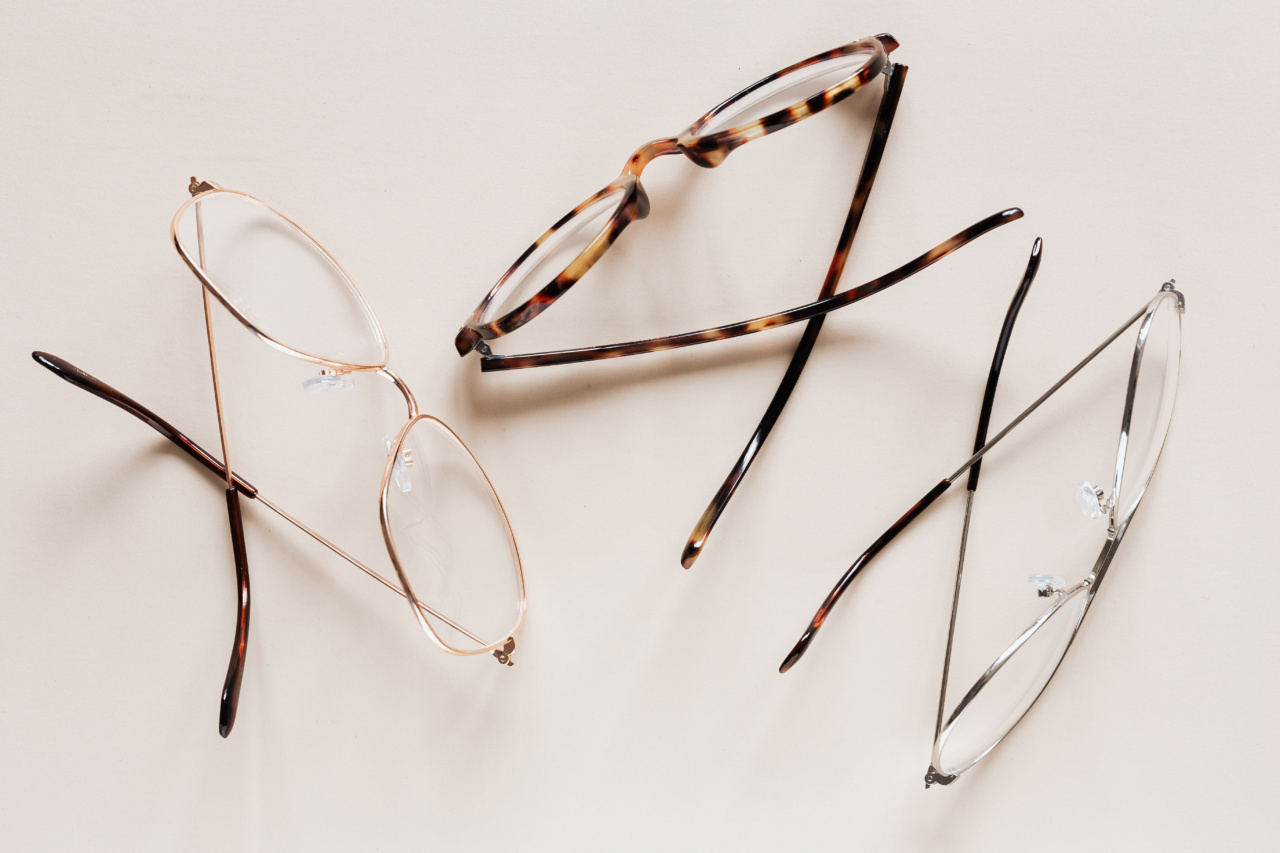Myopia, commonly known as nearsightedness, is a refractive error that causes distant objects to appear blurry while close objects remain clear.
This condition affects a large percentage of the population worldwide and can greatly impact a person’s quality of life. Many individuals with myopia rely on corrective lenses such as glasses or contact lenses to see clearly, but there is also the option of surgery to correct this refractive error.
In this article, we will explore different surgical options available to correct myopia and discuss their effectiveness, risks, and benefits.
Types of Surgical Procedures
When it comes to surgical correction of myopia, there are several options to consider. The most commonly performed procedures include:.
Laser-Assisted In Situ Keratomileusis (LASIK)
LASIK is one of the most popular and widely performed laser eye surgeries to correct myopia. This procedure involves creating a thin flap on the cornea using a microkeratome or femtosecond laser.
The underlying corneal tissue is then reshaped using an excimer laser, which removes a precise amount of tissue to correct the refractive error. The flap is then repositioned, and the cornea heals naturally. LASIK surgery offers rapid vision improvement and a relatively short recovery time.
Photorefractive Keratectomy (PRK)
PRK is another laser eye surgery that can correct myopia. Unlike LASIK, PRK does not involve creating a corneal flap.
Instead, the outer layer of the cornea, known as the epithelium, is gently removed, and an excimer laser is used to reshape the underlying corneal tissue. The epithelium regenerates naturally over time. While PRK has a longer recovery period compared to LASIK, it can be a suitable option for individuals with thin corneas or other corneal irregularities.
Implantable Contact Lenses (ICL)
ICL is a surgical procedure where a thin, prescription lens is implanted inside the eye, without removing the natural lens. This lens, similar to a contact lens, remains permanently in place and corrects the refractive error.
ICL surgery is reversible, and the lens can be removed or replaced if necessary. This procedure is typically recommended for individuals who are not suitable candidates for laser eye surgeries due to high myopia, thin corneas, or dry eyes.
Refractive Lens Exchange (RLE)
RLE is a procedure that involves removing the natural lens of the eye and replacing it with an intraocular lens (IOL) to correct the refractive error.
This procedure is commonly performed for individuals with both myopia and presbyopia (age-related near vision loss). RLE offers the advantage of correcting both conditions simultaneously, eliminating the need for reading glasses. However, RLE is typically recommended for individuals over the age of 40, as it involves removing a clear natural lens.
Corneal Ring Segment (Intacs)
Intacs are small, semi-circular plastic rings that are surgically inserted into the cornea. These rings help reshape the cornea, improving its ability to focus light properly on the retina.
Corneal ring segment placement is a reversible surgery and can be beneficial for individuals with mild to moderate myopia who do not qualify for laser eye surgeries. Intacs can also be removed or replaced as needed.
Potential Risks and Complications
While surgical procedures can effectively correct myopia, it is essential to understand the potential risks and complications involved. Some common risks associated with these surgeries include:.
1. Dry Eyes
Following surgery, some individuals may experience dryness in their eyes. This can be managed with eye drops and usually improves over time. However, in some cases, dry eyes may persist.
2. Glare, Halos, and Light Sensitivity
Some patients may experience glare, halos, or increased light sensitivity, particularly during nighttime or when exposed to bright lights. These symptoms usually improve gradually but may persist in some cases.
3. Undercorrection or Overcorrection
While surgical procedures aim to correct myopia accurately, there is a possibility of undercorrection or overcorrection.
This may result in residual refractive error, necessitating additional interventions or the continued use of glasses or contact lenses.
4. Corneal Abrasions or Infections
In rare cases, surgical procedures may lead to corneal abrasions or infections. These complications can be effectively managed with prompt medical attention and typically resolve without causing significant long-term damage.
5. Regression
There is a chance that the effects of the surgery may regress over time, causing some of the myopia to return. This regression is more likely to occur in individuals with higher degrees of myopia.
Conclusion
Surgical procedures offer a viable option for correcting myopia and reducing dependency on corrective lenses. LASIK, PRK, ICL, RLE, and corneal ring segments are among the most commonly performed surgeries for myopia correction.
Each procedure has its own advantages, risks, and suitability criteria, so it is crucial to consult with an experienced ophthalmologist to determine the most appropriate option for your specific case. While the risks associated with these surgeries exist, they are generally considered safe with high success rates.
Discussing your expectations, concerns, and medical history thoroughly with your eye surgeon will help ensure the best outcomes and minimize potential complications.






























